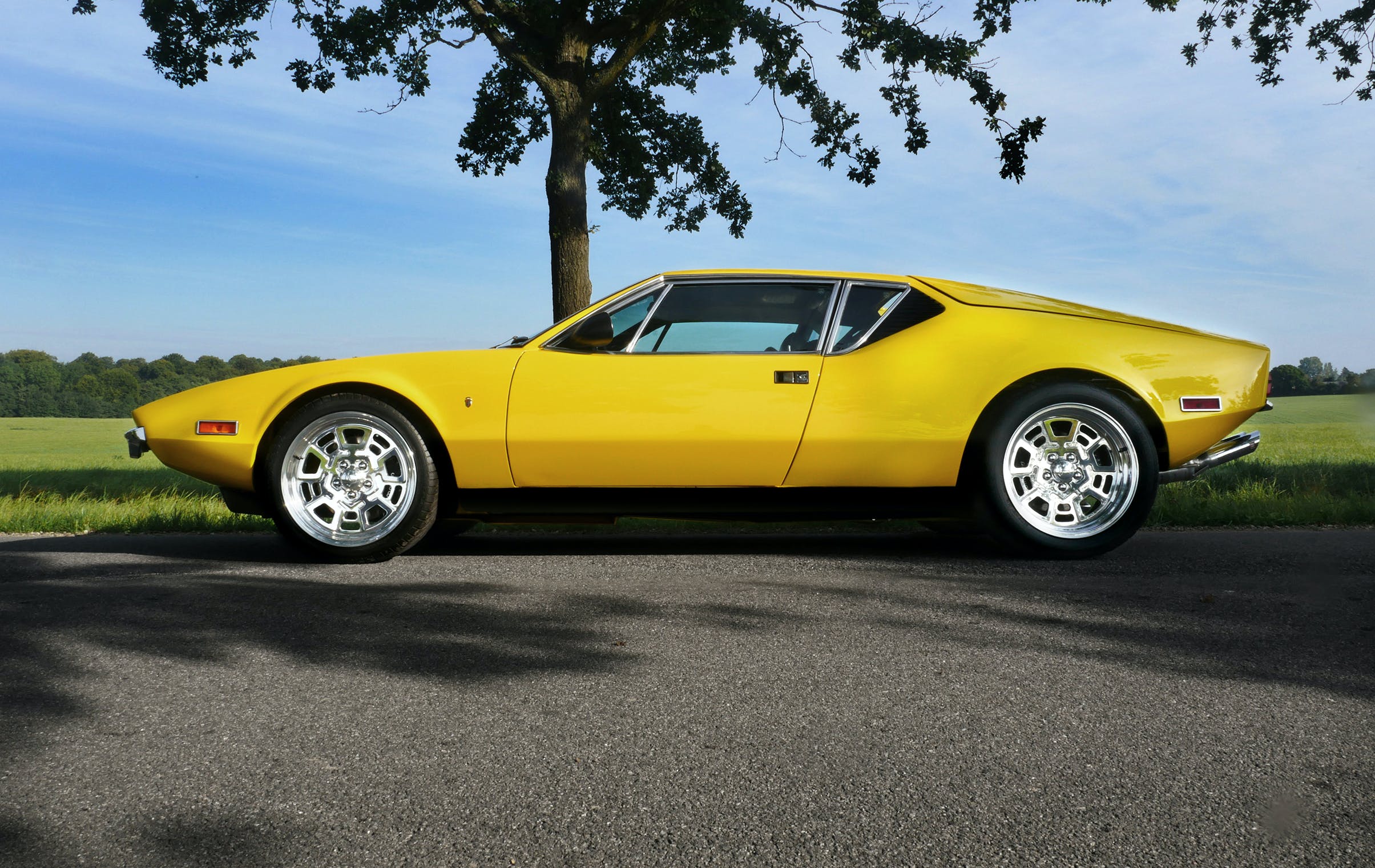For the discerning eye, the allure of classic cars is undeniable. Within the pantheon of automotive excellence, two marques stand as titans—Ferrari and Lamborghini. Both Italians both synonymous with performance and prestige, yet each with distinctive hallmarks that set them apart. This article aims to guide enthusiasts in discerning the nuanced differences between the classic models of these two legendary brands.
Ferrari and Lamborghini offer unparalleled automotive experiences, each classic model tells its own story through its design and engineering. For the classic car enthusiast, the joy lies in appreciating these stories and recognizing the distinctive features that make each model a masterpiece of its time.
What is a Classic Car?
The term ‘classic car’ conjures images of elegance, power, and the indelible imprint of automotive history. These vehicles are generally over 20 years old, but age alone doesn’t define them. A classic car represents an epoch, a testament to the craftsmanship and innovative spirit of its time. It’s not just a machine but a work of art that encapsulates the visions and aspirations of its era.
When we delve into the realms of Ferrari and Lamborghini, their classic cars are embodiments of a rich racing lineage and a relentless pursuit of performance. Ferraris are often celebrated for their racing pedigree, the roar of their engines on the track, and the iconic Prancing Horse emblem. They are marvels that were born out of Enzo Ferrari’s passion for racing translated into street-legal masterpieces.
On the other hand, Lamborghinis are the dreamt-up fantasies of Ferruccio Lamborghini, intended to rival the grandeur of Ferraris with their own unique flair. They are renowned for their bold designs, charismatic appeal, and the emblematic raging bull, symbolizing strength and power. Each classic car from these stables is not merely a mode of transportation but a collector’s gem, an investment, and a source of pride, offering a window into the grand automotive narratives these two Italian giants have spun over the decades.
Ferrari 275 and Lamborghini 3500 GTZ by Zagato
The Ferrari 275 is a tangible expression of Ferrari’s design evolution, where performance met the aesthetics of the 1960s. According to RM Sotheby’s, an authority on classic cars, the Ferrari 275 features a 3.3-liter V-12 engine with three carburetors, capable of producing about 280 horsepower. This engine was indeed a significant factor in the car’s top speed of around 150 mph. The vehicle’s four-wheel independent suspension was a significant advancement at the time, contributing to its exceptional handling and driving dynamics. This technological leap is highlighted by Ferrari’s official website, which discusses the model’s development and its impact on the brand’s engineering direction. The 275’s design, characterized by its long nose and rear-set cabin, encapsulates the elegance and aggression of Ferrari’s 1960s era. The bodywork, crafted by Scaglietti, a renowned coachbuilder, is often cited by classic car enthusiasts and historians for its distinct aesthetic appeal.
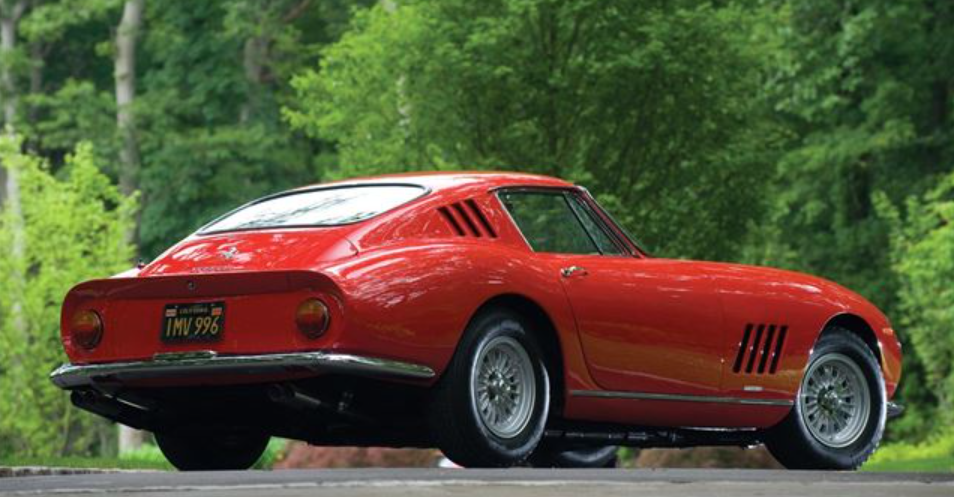
Pros
- Historical Significance: The Ferrari 275 series is steeped in Ferrari’s racing heritage and is considered an essential piece of the marque’s history.
- Design: With design work by Pininfarina, the 275’s elegant lines and balanced proportions are often cited as some of the most beautiful in automotive history.
- Performance: The Colombo V12 engine provides substantial power, and the four-wheel independent suspension offers superior handling for its era.
- Value Appreciation: As a classic Ferrari, the 275 has consistently appreciated in value, making it a worthwhile investment for collectors.
- Exclusivity: The Ferrari 275, particularly models like the 275 GTB/4, is rare, enhancing its allure and collectibility.
Cons
- Cost: The initial purchase price and the cost of ongoing maintenance and restoration are significant, given the rarity and age of the vehicle.
- Practicality: As a classic sports car, the 275 is not suited for everyday use, with limited cabin space and amenities compared to modern vehicles.
- Technology: While advanced for its time, the technology in the 275 is now outdated, particularly in terms of safety and fuel efficiency.
- Availability of Parts: Finding authentic parts for restoration or repair can be challenging and expensive due to the car’s age and rarity.
In contrast, the Lamborghini 3500 GTZ by Zagato exemplifies how a collaborative effort can result in a masterpiece. Zagato, known for its philosophy of ‘functionalism’ and lightweight constructions, reimagined the 350 GT’s body with a focus on aerodynamics and weight reduction. The result was a sleeker, more angular car with a distinctive rounded nose and a fastback tail that enhanced its aerodynamic profile. This bespoke model, with only a few ever made, was powered by a 3.5-liter V12 engine capable of delivering up to 280 horsepower and reached speeds similar to its Ferrari counterpart. Its performance was complemented by a five-speed manual transmission and four-wheel disc brakes, allowing for responsive handling and effective stopping power. The 3500 GTZ stood out for its unique design elements, like the ‘double bubble’ roof, which not only reduced the car’s overall height but also improved headroom within the cabin.
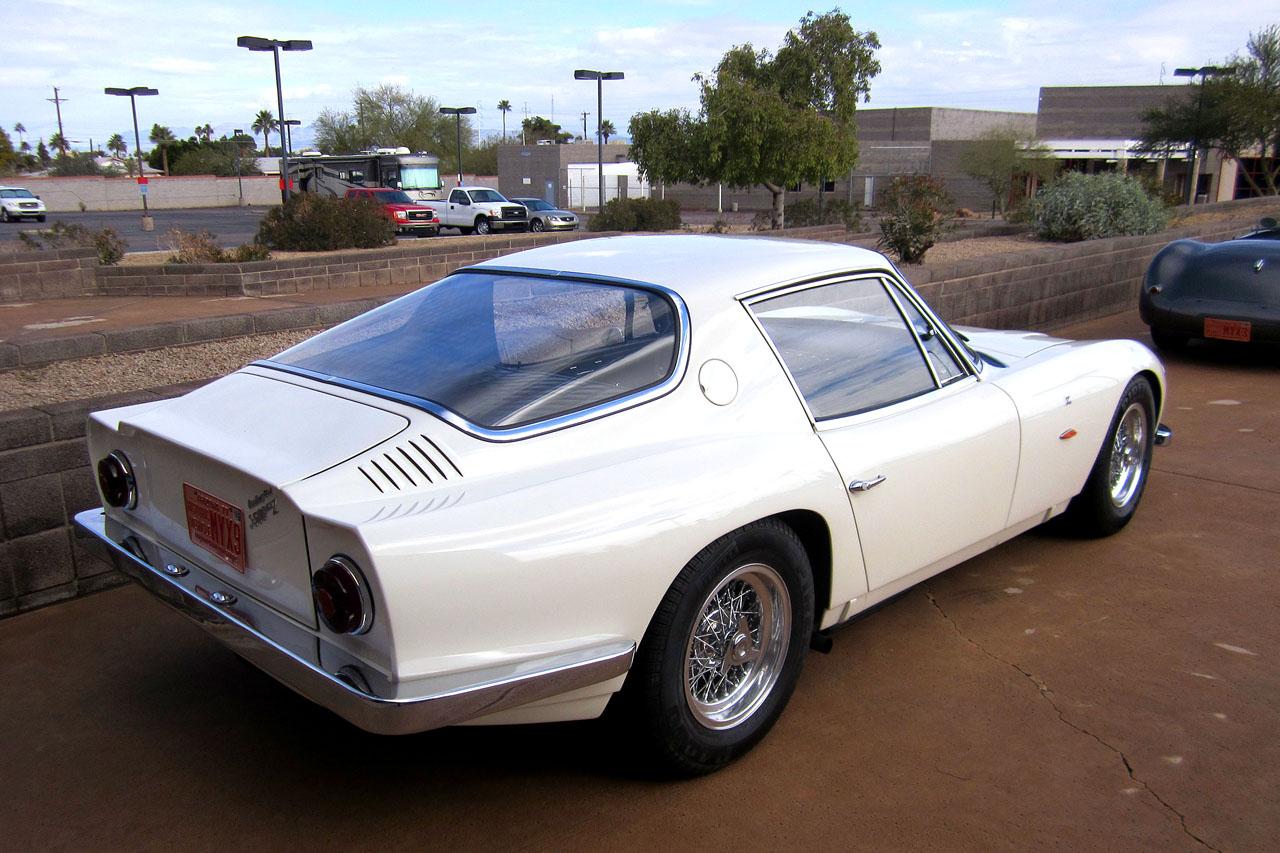
Pros
- Unique Design: The 3500 GTZ’s design by Zagato is distinctive, featuring the ‘double bubble’ roof and a striking, aerodynamic shape.
- Rarity: With very few units produced, ownership of a 3500 GTZ places one in an extremely exclusive club of collectors.
- Performance: The V12 engine provides strong power output, and the car’s lightweight construction allows for engaging driving dynamics.
- Investment Potential: The rarity and unique design of the 3500 GTZ make it a potentially appreciating asset within the classic car market.
Cons
- Cost of Ownership: Similar to the Ferrari 275, the Lamborghini 3500 GTZ by Zagato comes with high acquisition and maintenance costs.
- Limited Comfort: The interior, while stylish, offers limited comfort and space, which is typical for sports cars of this period but may be a drawback for some.
- Practicality Issues: The 3500 GTZ is not designed for the rigors of daily driving or modern traffic conditions.
- Parts and Service: Professional expertise is required for maintenance, and sourcing original parts for restoration can be both difficult and costly.
Ferrari 308 GTB/GTS and Lamborghini Silhouette P300
The Ferrari 308 GTB made its debut in 1975 as a successor to the Dino 246 GT and GTS, representing a substantial evolution in terms of both aesthetics and performance. Ferrari’s official website acknowledges the 308 was Ferrari’s first production to sport a fiberglass body, which later transitioned to steel, and introduced a mid-engine layout that would become a Ferrari hallmark. With a transverse-mounted 3.0-liter V8 engine, the 308 GTB offered an impressive output of 255 horsepower, which could propel the car to a top speed of approximately 159 mph. The GTS version, introduced in 1977, featured a Targa top and was immortalized by the television show “Magnum, P.I.” Its performance was complemented by a five-speed manual transmission and four-wheel disc brakes, delivering a driving experience that was both responsive and visceral.
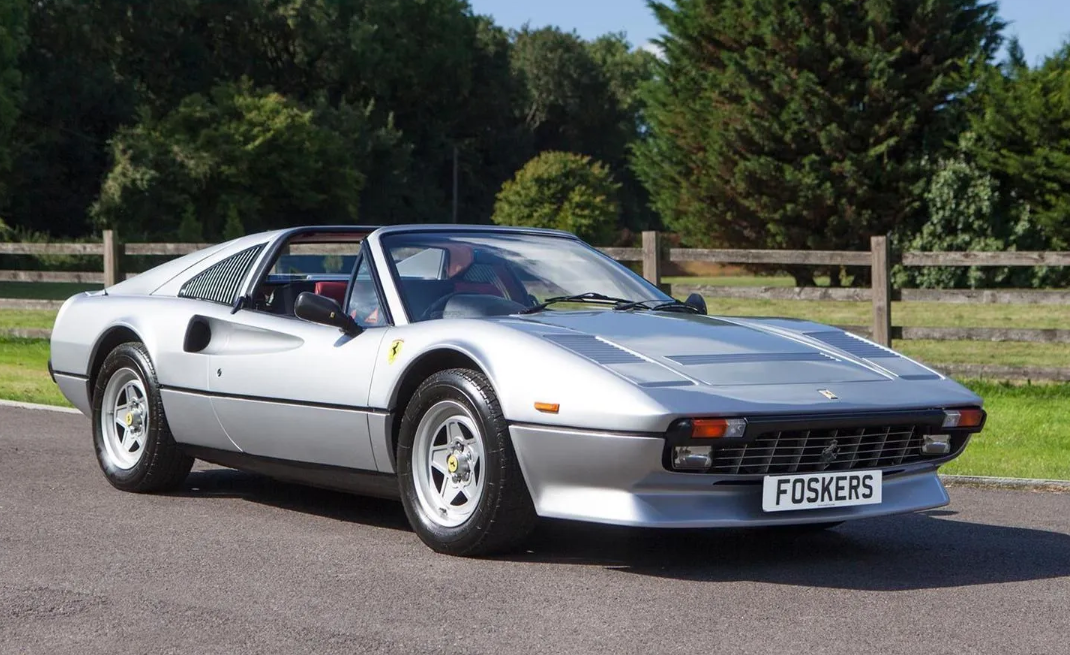
The design of the 308 series by Pininfarina was a departure from the curves of the past, with a more angular approach that would define this era of sports cars. The side air intakes were aesthetic and functional, cooling the engine and brakes, while the wedge-shaped profile contributed to the car’s aerodynamics. The interior of the 308 was snug, with a focus on driver engagement, featuring a gated shifter that has since become an iconic aspect of Ferrari’s of this period.
Pros
- Iconic Design: Designed by Pininfarina, the 308 GTB/GTS is hailed for its classic, timeless styling that is instantly recognizable.
- Performance: The 308 features a transverse mid-engine V8, providing a balanced weight distribution and a thrilling driving experience.
- Cultural Impact: Thanks to its appearance in popular media, like the television series “Magnum, P.I.,” the 308 has a storied place in pop culture.
- Variety: Offered in both GTB (Berlinetta) and GTS (Spider) forms, it caters to those who prefer a hardtop or the open-air experience.
Cons
- Maintenance: As with most classic Ferraris, maintenance can be costly and requires specialized knowledge.
- Practicality: While more practical than earlier models, the 308 still lacks the convenience and comfort of modern sports cars.
- Technology: The technology is dated by today’s standards, especially concerning safety and fuel efficiency.
- Performance: While the 308 is quick, its performance figures have surpassed modern sports cars and even some hot hatches.
In parallel, Lamborghini introduced the Silhouette P300 in 1976 as a step towards a more accessible sports car that retained the brand’s aggressive DNA. It was a rare model, with only 54 units produced, making it a sought-after collector’s item. The Silhouette P300 featured a mid-engine layout housing a 3.0-liter V8 that churned out 265 horsepower, a figure slightly higher than its Ferrari counterpart and had a top speed close to 160 mph. Its five-speed manual transmission and rear-wheel drive layout were designed for a thrilling driving experience, with handling characteristics encouraging spirited driving.
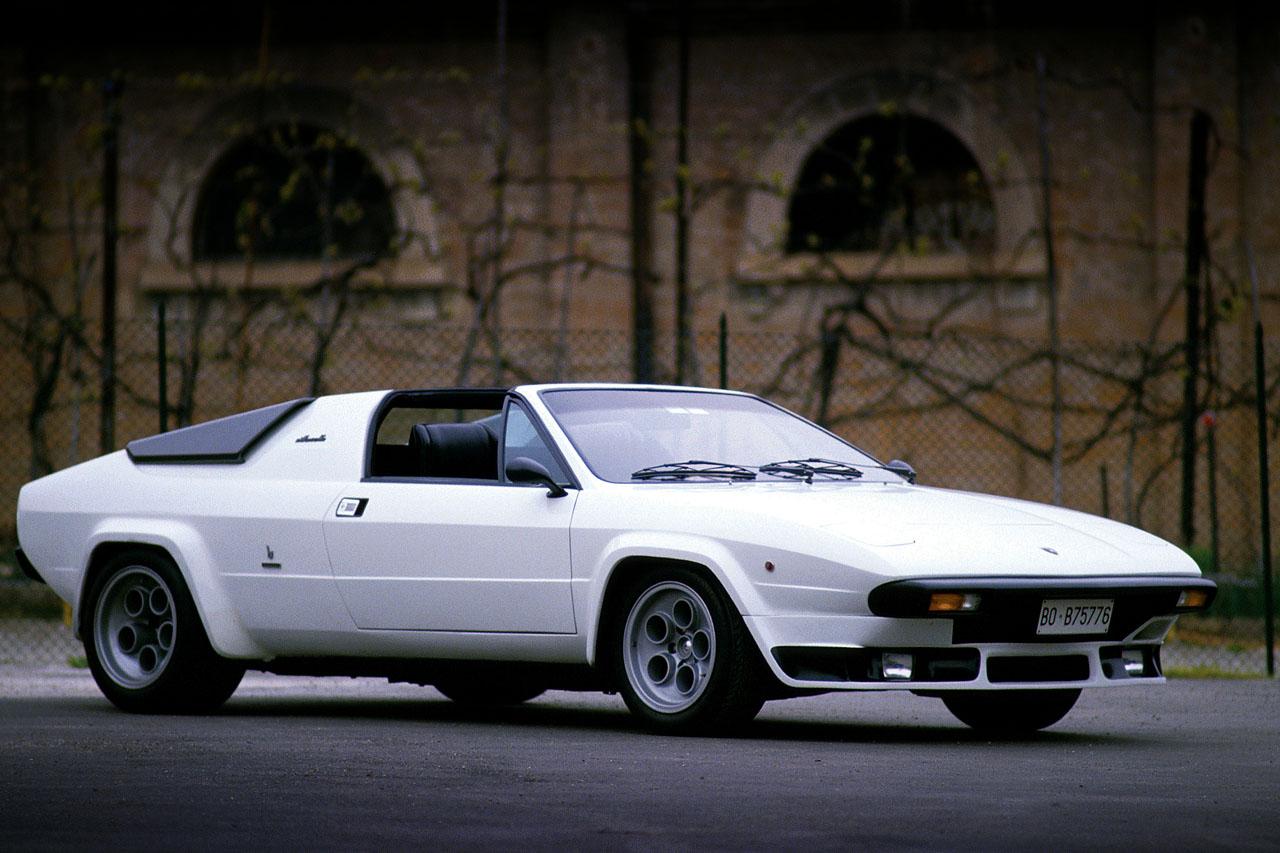
The Silhouette P300 was distinctively Lamborghini in design, with its Marcello Gandini-penned lines displaying a level of boldness and sharpness that was becoming a signature of the marque. It was Lamborghini’s first model to feature a removable targa top, and its body was made of aluminum to keep the weight low. The aggressive stance was complemented by scissor doors, a feature that would become synonymous with future Lamborghini models. Inside, the Silhouette P300 was surprisingly comfortable, with a cabin designed to accommodate the needs of daily driving without sacrificing its sporty intent.
Pros
- Rarity: As one of the rarest Lamborghini models ever made, owning a Silhouette P300 is a mark of distinction.
- Performance: With a robust V8 engine, the Silhouette P300 offers potent acceleration and a top speed that competes well with contemporaries.
- Design: Marcello Gandini’s bold styling ensures that the Silhouette P300 stands out, including its characteristic scissor doors.
- Versatility: The targa top provides the option for an open-air driving experience, adding to the vehicle’s appeal.
Cons
- Cost: The Silhouette P300 is expensive to buy (if you can find one), and the cost of ownership is high due to its rarity.
- Practicality: As with many classic sports cars, the Silhouette P300 is not designed for daily driving; it’s a collector’s item.
- Comfort: The interior, while crafted from quality materials, offers minimal comfort and is best suited for short drives.
- Technology and Safety: By modern standards, the technology in the Silhouette P300 is outdated, particularly in terms of driver aids and safety features.
Ferrari 308 GT4 and Lamborghini Urraco P300
Introduced in 1973, the Ferrari 308 GT4 was a groundbreaking model for Ferrari. It was the first production Ferrari to feature a mid-engine V8, a layout that would become a staple for the marque. The 308 GT4’s engine was a 3.0-liter V8 that delivered around 250 horsepower, enabling it to achieve 0 to 60 mph in about 6.4 seconds and reach a top speed of 155 mph. This performance was supported by a transverse five-speed manual transmission and four-wheel independent suspension, which provided exceptional handling and a smooth ride, which was emphasized in a review by Road & Track.
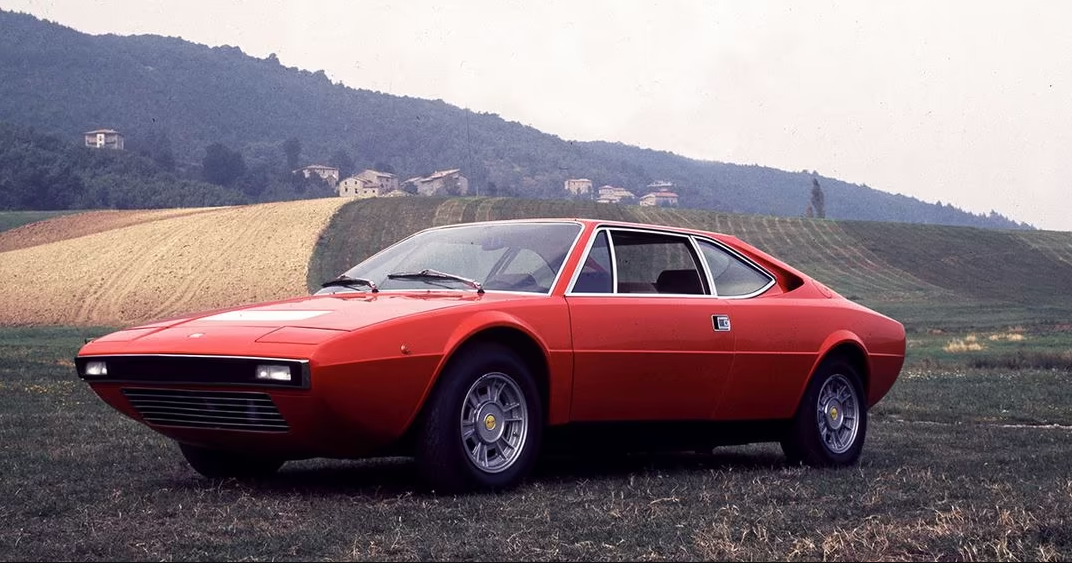
The design of the 308 GT4 was a significant departure from Ferrari’s previous models. With bodywork by Bertone rather than the customary Pininfarina, it featured angular lines and a wedge-shaped profile that embodied the design trends of the 1970s. The 2+2 seating configuration made it more versatile than other Ferraris, offering a practical edge to this high-performance sports car. Inside, the 308 GT4 presented a luxurious yet functional cockpit with ample instrumentation and comfort that did not detract from the car’s sporty nature.
Pros
- Pioneering Design: The 308 GT4 was Ferrari’s first V8 mid-engined model, and Bertone’s unique angular design set it apart from its curvier counterparts styled by Pininfarina.
- Performance: The car’s 3.0-liter V8 engine offered spirited performance, with good acceleration and a top speed of around 155 mph, making it competitive in its class.
- Practicality: Unlike many of its contemporaries, the 308 GT4 featured a 2+2 seating configuration, providing the option to seat four, which is rare for a mid-engined sports car.
- Handling: The mid-engine layout contributed to the car’s balance and handling, making it a joy to drive on twisty roads.
Cons
- Aesthetic Appeal: The Bertone styling was divisive when released and is still subject to personal taste, often overshadowed by the popularity of Pininfarina-designed Ferraris.
- Comfort: The rear seats are cramped and more suited to luggage than passengers, limiting its practicality.
- Maintenance Costs: Ownership can be costly due to maintenance and the potential need for specialized Ferrari servicing.
- Market Value: Historically, the 308 GT4 has not appreciated as much as other classic Ferraris, though this trend is changing.
The Lamborghini Urraco P300, unveiled in 1974, was Lamborghini’s answer to creating a more affordable entry-level sports car without sacrificing the brand’s renowned performance and style. The Urraco P300 housed a 3.0-liter V8 engine as well, but it was tuned to produce a higher output of 265 horsepower, allowing it to sprint from 0 to 60 mph in around 5.6 seconds with a top speed of 162 mph. It featured a mid-engine layout with a rear transverse five-speed manual transmission. The car’s handling was enhanced by its double-wishbone independent suspension, providing a dynamic driving experience synonymous with Lamborghini’s racing pedigree.
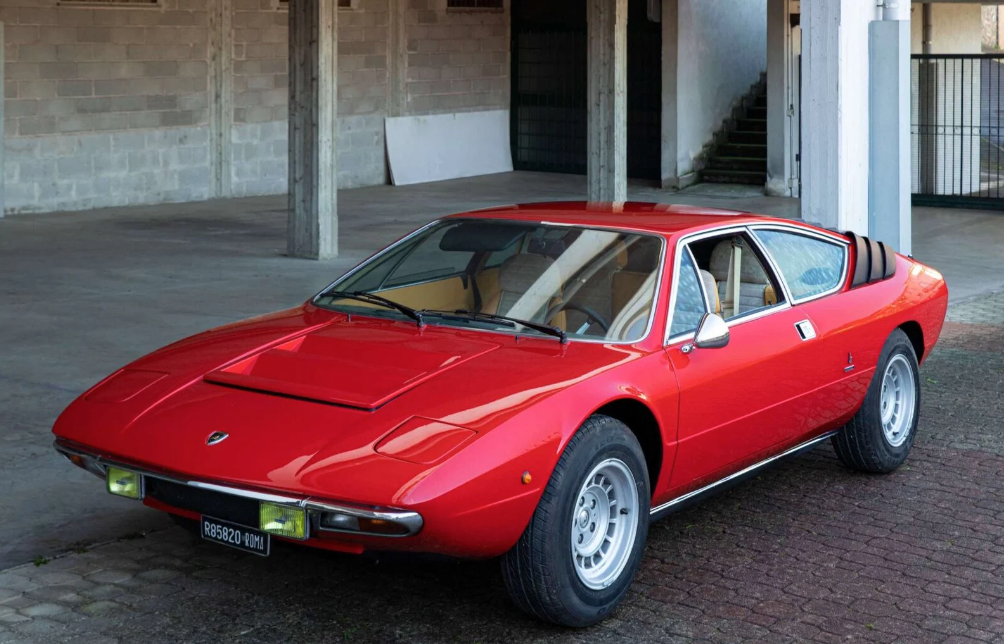
Marcello Gandini of Bertone designed the Urraco with the distinctive wedge shape that became prevalent during the era, but with a Lamborghini twist. The Urraco’s silhouette was compact yet aggressive, with a sharply sloping nose and a distinctive air intake slit above the rear wheel arches. The interior of the Urraco was surprisingly roomy for a mid-engine car, with a focus on ergonomics and visibility, making it a more practical supercar that could be enjoyed daily.
Pros
- Unique Styling: Designed by Marcello Gandini, the Urraco’s styling is distinctive and was ahead of its time, influencing the design of later Lamborghini models.
- Performance: With its 3.0-liter V8 engine, the Urraco P300 offered robust performance figures, boasting more horsepower than its direct Ferrari competitor.
- Innovation: The Urraco introduced a number of technical innovations for Lamborghini, including a transverse mid-engine layout that allowed for better space utilization.
- Collectibility: Due to its limited production numbers, the Urraco P300 remains a rare find and is highly sought after by collectors.
Cons
- Rarity of Parts: Finding replacement parts can be a challenge, often requiring a long search or high expenses for fabrication or refurbishment.
- Historical Recognition: The Urraco doesn’t enjoy the same historical recognition as some of its peers, which may affect its collectibility and value.
- Practical Considerations: While more practical than the high-end Lamborghini models, the Urraco is still not suited for everyday driving due to its age and design.
- Complexity: The Urraco’s mechanical complexity means that it requires expert care for maintenance, which can be difficult and expensive to source.

